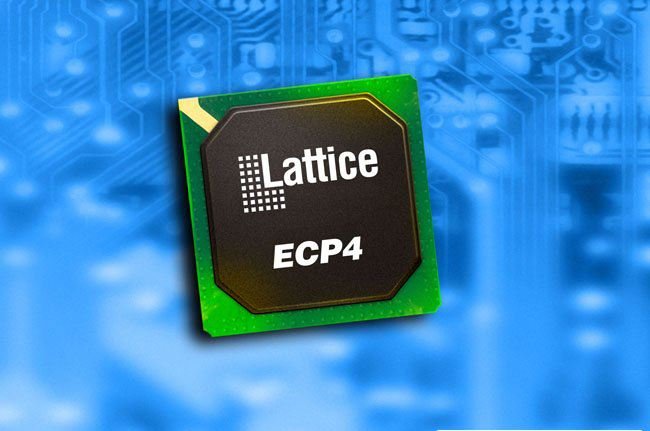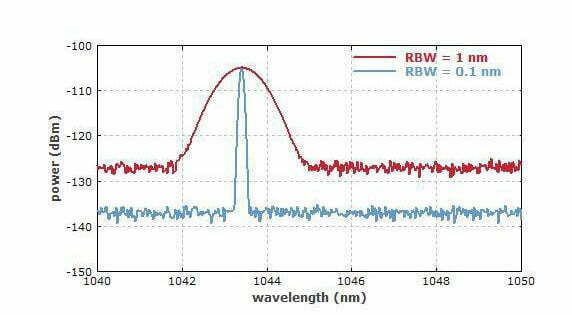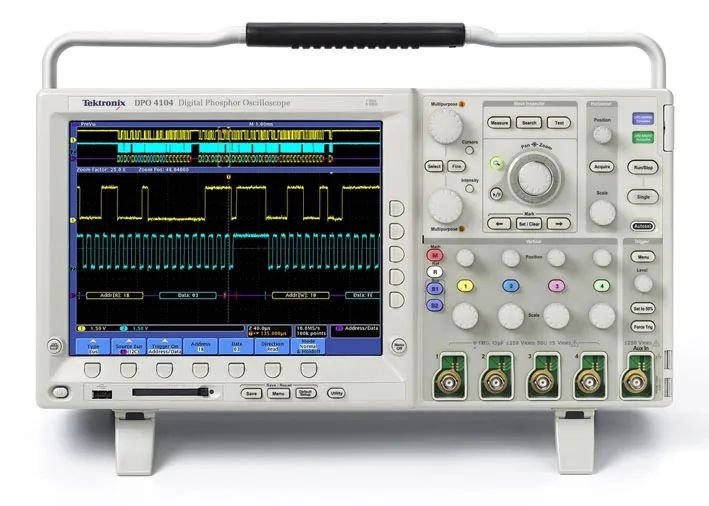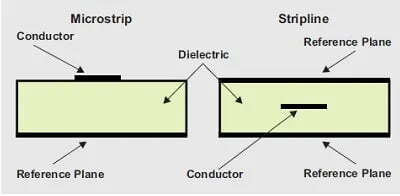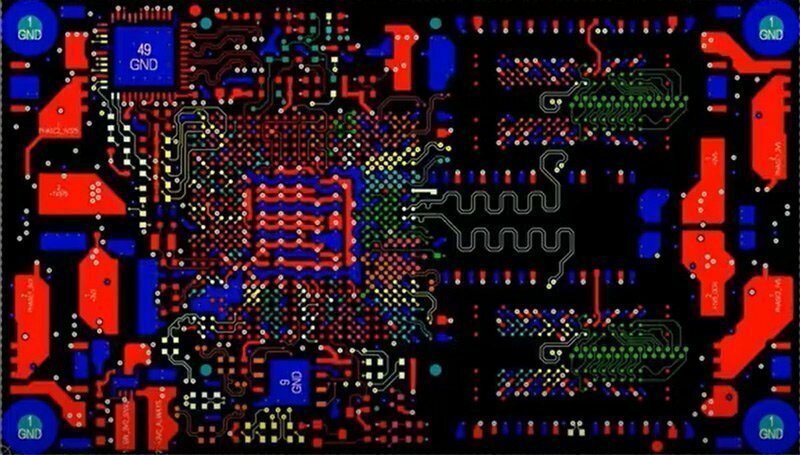Introduce to Atmega128 / 328 Microcontroller Programming
Atmega128 /328 is a powerful microcontroller that is used in a variety of application fields. It is a highly integrated 8-bit microcontroller with a wide range of peripherals and features. In this blog post, we will take a look at the different features of the Atmega128 / 328, its pin configuration, programming techniques, and applications. […]
Introduce to Atmega128 / 328 Microcontroller Programming Read More »


